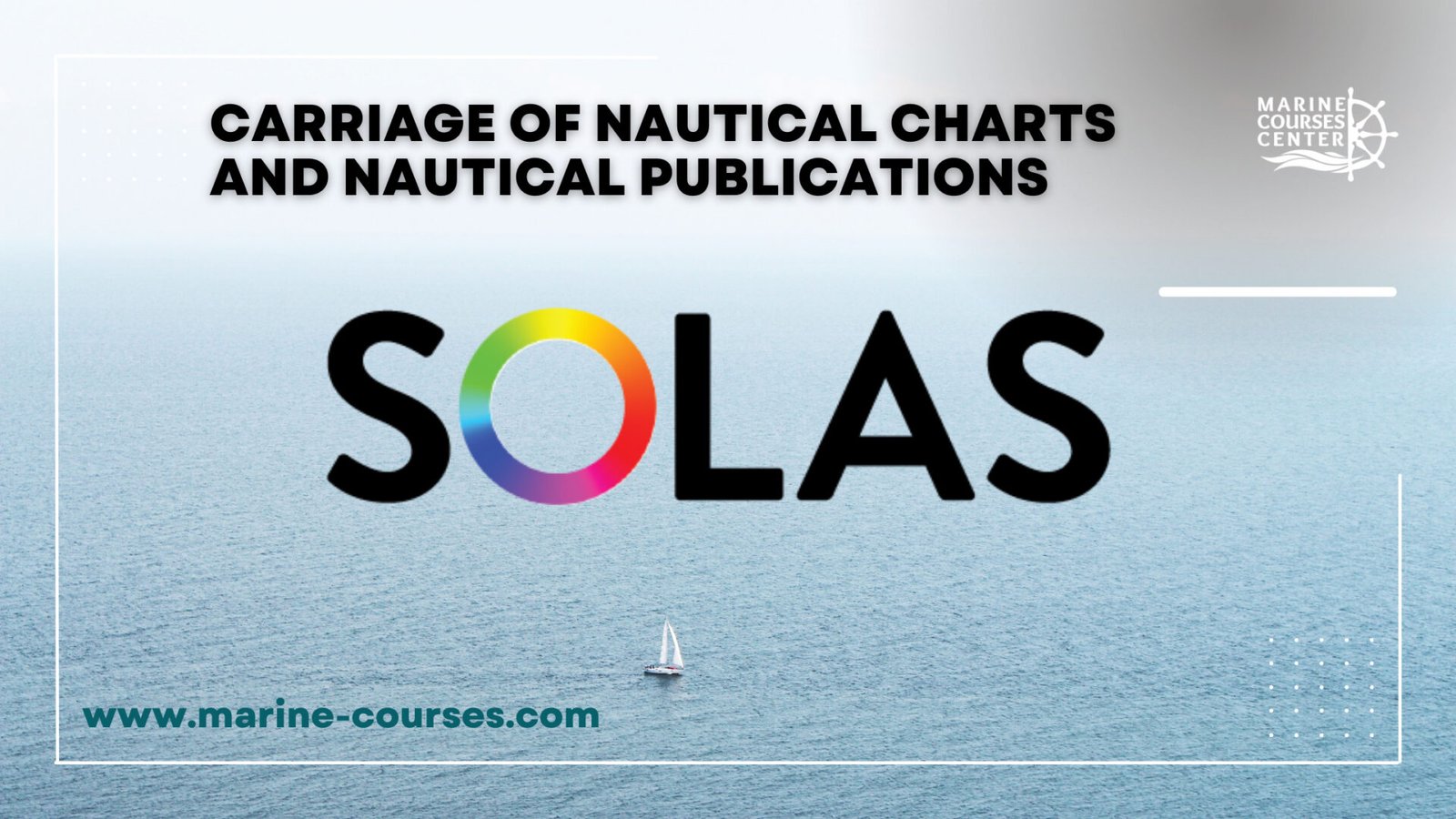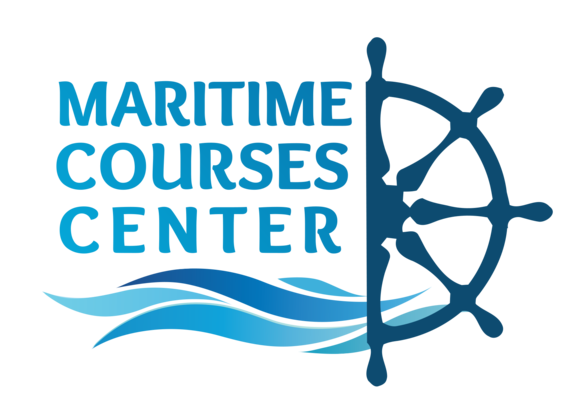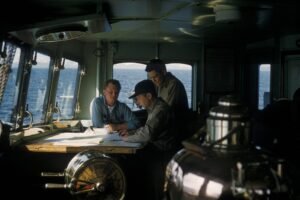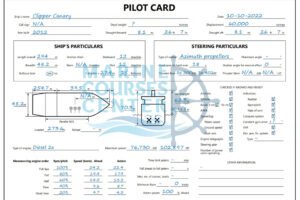
Carriage of Nautical Charts and Nautical Publications: Ensuring Safety at Sea
- Posted by MCC
- Date 24/03/2023
- Comments 2 comments

Carriage of Nautical Charts and Nautical Publications: Ensuring Safety at Sea
The International Convention for the Safety of Life at Sea (SOLAS) was adopted in 1974 and since then has been amended several times, with the most recent amendment being in 1988. The convention aims to ensure the safety of all ships, their crews, and passengers at sea by setting out minimum safety standards for all aspects of shipping operations. Chapter V of the convention, which came into force on 1 July 2002, sets out the requirements for the carriage of nautical charts and nautical publications by all ships. In this article, we will discuss the importance of complying with these requirements and the benefits they provide in terms of safety.
The Requirements of SOLAS Chapter V
SOLAS Chapter V, Regulation 27-1, states that “All ships shall carry adequate and up-to-date charts, sailing directions, lists of lights, notices to mariners, tide tables, and all other nautical publications necessary for the intended voyage.” This requirement applies to all ships, regardless of their size, type, or destination. The purpose of this regulation is to ensure that ships have access to the latest information on navigational hazards, weather, tides, and currents, as well as any other relevant information that may affect the safety of the voyage.
The carriage of nautical charts and publications is essential for safe navigation at sea. Nautical charts are detailed maps of the sea and coastal areas, showing water depths, navigational aids, and hazards such as rocks, wrecks, and shoals. Sailing directions provide information on coastal features, ports, and anchorages, as well as instructions on how to navigate in specific areas. Lists of lights give details of lighthouses, lightships, and other aids to navigation, while notices to mariners provide updates on changes to nautical charts and other navigational information. Tide tables and current tables provide information on tides and currents, which are important factors to consider when planning a voyage.
The Benefits of Complying with SOLAS Chapter V
Complying with the requirements of SOLAS Chapter V has numerous benefits for ships and their crews. The most obvious benefit is increased safety. By carrying up-to-date nautical charts and publications, ships can navigate more safely and avoid hazards that could pose a risk to their safety. This is particularly important in areas where there are frequent changes to navigational information, such as in ports, estuaries, and river mouths.
Another benefit of complying with SOLAS Chapter V is improved efficiency. By having access to the latest navigational information, ships can plan their voyages more effectively, taking into account factors such as weather, tides, and currents. This can lead to shorter voyage times, reduced fuel consumption, and lower costs.
Complying with SOLAS Chapter V also helps ships to meet their legal obligations. In many countries, it is a legal requirement to carry up-to-date nautical charts and publications, and failure to do so can result in fines and other penalties. By complying with SOLAS Chapter V, ships can demonstrate that they are meeting these legal requirements and avoid potential legal issues.
Ensuring Compliance with SOLAS Chapter V
Ensuring compliance with SOLAS Chapter V requires a proactive approach to safety management. Shipowners and operators must ensure that their ships are equipped with the necessary nautical charts and publications, and that these are kept up to date. They must also ensure that their crews are trained in the use of these charts and publications, and that they are familiar with the latest navigational information.
The International Maritime Organization (IMO) provides guidance on the carriage of nautical charts and publications through a series of circulars and resolutions. These documents provide detailed information on the
specific requirements for the carriage of nautical charts and publications, as well as guidance on how to keep them up to date and use them effectively. Shipowners and operators should refer to these documents to ensure that they are in compliance with SOLAS Chapter V.
In addition to complying with SOLAS Chapter V, ships can also take other measures to enhance their safety at sea. These measures include using electronic navigational charts (ENCs) and electronic chart display and information systems (ECDIS), which provide real-time information on the ship’s position, speed, and course, as well as any hazards in the area. By using these systems, ships can navigate more safely and avoid collisions with other vessels or hazards such as rocks or shoals.
Conclusion
In conclusion, the carriage of nautical charts and publications is a critical requirement for all ships, as it ensures the safety of the ship, its crew, and passengers at sea. Compliance with SOLAS Chapter V is essential for meeting legal obligations, improving efficiency, and enhancing safety. Shipowners and operators must take a proactive approach to safety management, ensuring that their ships are equipped with the necessary charts and publications, and that their crews are trained in their use. By doing so, they can navigate more safely, efficiently, and effectively at sea.
FAQs
- What are nautical charts? Nautical charts are detailed maps of the sea and coastal areas, showing water depths, navigational aids, and hazards such as rocks, wrecks, and shoals.
- Why are nautical charts important? Nautical charts are important for safe navigation at sea, as they provide crucial information on navigational hazards, weather, tides, and currents.
- What are nautical publications? Nautical publications include sailing directions, lists of lights, notices to mariners, tide tables, and other relevant information that may affect the safety of the voyage.
- Why is compliance with SOLAS Chapter V important? Compliance with SOLAS Chapter V is important for meeting legal obligations, improving efficiency, and enhancing safety at sea.
- What other measures can ships take to enhance safety at sea? Ships can use electronic navigational charts (ENCs) and electronic chart display and information systems (ECDIS) to enhance safety at sea, providing real-time information on the ship’s position, speed, and course, as well as any hazards in the area.
You may also like
Leave A Reply Cancel reply
You must be logged in to post a comment.















2 Comments